Why Transportation in the Far North will be Cheaper with uST Technology
Transportation in the Far North is costly and not easy. Usually, road, air or water transportation is used. But there is a more efficient solution – the technology by UST Inc. What are its advantages? Let's take a look.
Road transport
Carriers face serious problems in the conditions of the Far North. Severe frost makes fuel unsuitable for use, and vehicles often stop right during of the trip. In this case, the driver has two options: call for help by radio or get out of the car, raise the cabin and change the fine filter (if there is a spare), then try to drive to the nearest filling station to fill up with better quality fuel.
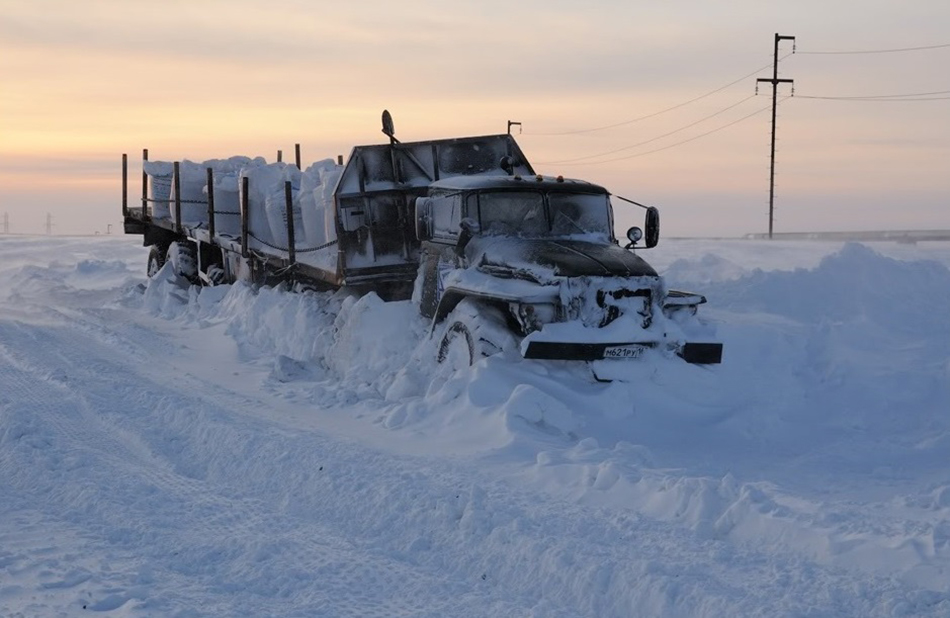
However, in the Far North, you cannot muffle the engines of car even when it is parked, otherwise it will not start again. Significant fuel consumption and rare filling stations make it mandatory to install an additional fuel tank. Also cars are equipped with double glazing and insulated. Units and assemblies wear out much faster in such conditions.
The second problem is roads, or rather their absence. It is incredibly expensive to build a regular road in the permafrost zone, and billions of Russian rubles are involved. That is why more often they build temporary roads, the so-called winter roads. Their share, for example, in Yakutia is 90%. It costs hundreds of millions of rubles to build winter roads that heavy trucks can pass over, without taking maintenance into account.
As a result, due to harsh climatic conditions and poor roads, no logistics company is 100% protected against damage or loss of cargo. And in each case, the price of transportation is calculated individually and is made up of many factors. Therefore, the cost of transportation may be 50% or 200% higher compared to transportation in areas with a moderate climate and a developed road network.
Air transport
This is the only way to deliver people and food supplies to shift settlements in the Far North during the absence of winter roads – from March to November. It also applies to emergency cases, when, for example, immediate medical assistance is required.
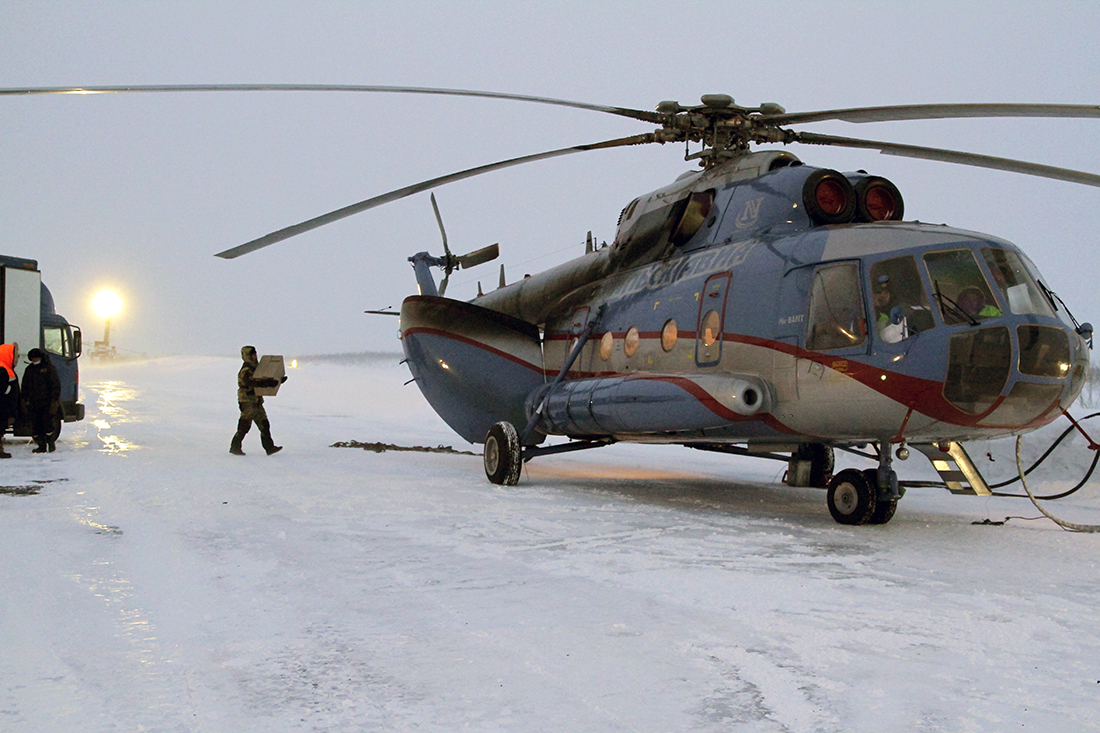
Mi-8 helicopters are most often used for these purposes, but there are few equipped sites for aviation. The main disadvantage of the Mi-8 is its short flight range (300–500 km) and relatively low payload capacity.
The cost of a flight hour of the Mi-8 is more than 100 thousand Russian rubles, and accordingly, the price of tickets is also high. Therefore, only few residents of the northern territories can afford a trip to the Big Land. For example, 120 thousand children of secondary school age living in the Arctic regions have never been to the central and southern parts of the country.
And flights in the Far North are also dangerous because of weather conditions. An illustrative case occurred in December 2019: a helicopter carrying shift workers of an oil company got caught in a snow vortex during takeoff and made a hard landing at the airport, tipping over sideways. Six of the 24 people on board suffered fractures and bruises.
Marine transport
Inland waterways are used for transportation to meet the needs of the economy and population of the Far North.
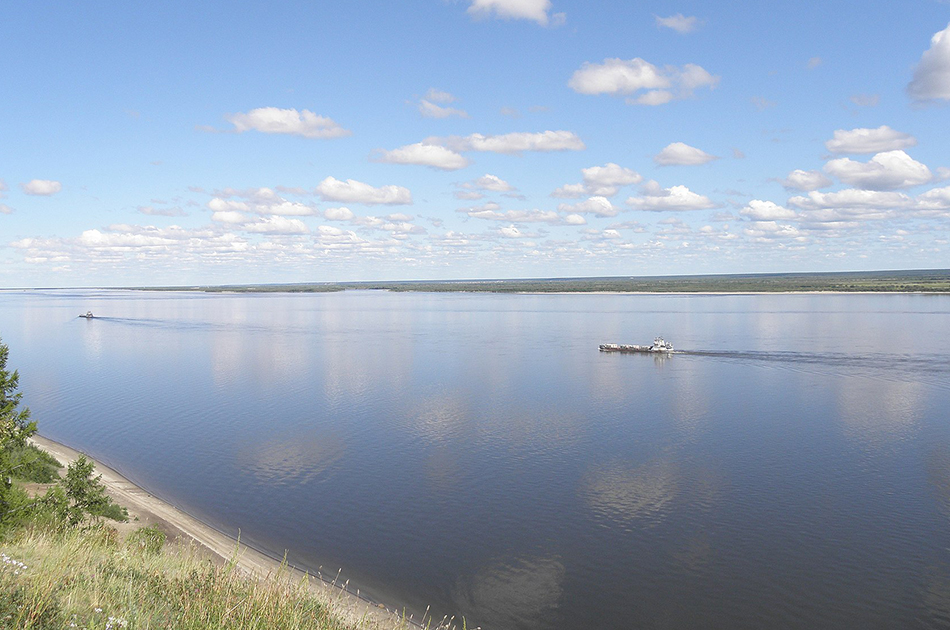
However, river transportation is not all-season: navigation in the north of the country lasts only 3–4 months. In addition, there are a number of infrastructural limitations. These include the unsatisfactory condition of berths and hydraulic structures, reduction in the length of waterways, and their shoaling. Due to the latter, the number of unprofitable voyages has increased – more than half of the vessels cannot sail with full load.
uST transport
uST Transport & Infrastructure Complex, a unique cargo and passenger transportation technology, is easily adaptable to any region. The design of the complex includes a string rail overpass, passenger stations or cargo terminals, a service area, a power supply complex and a control room.
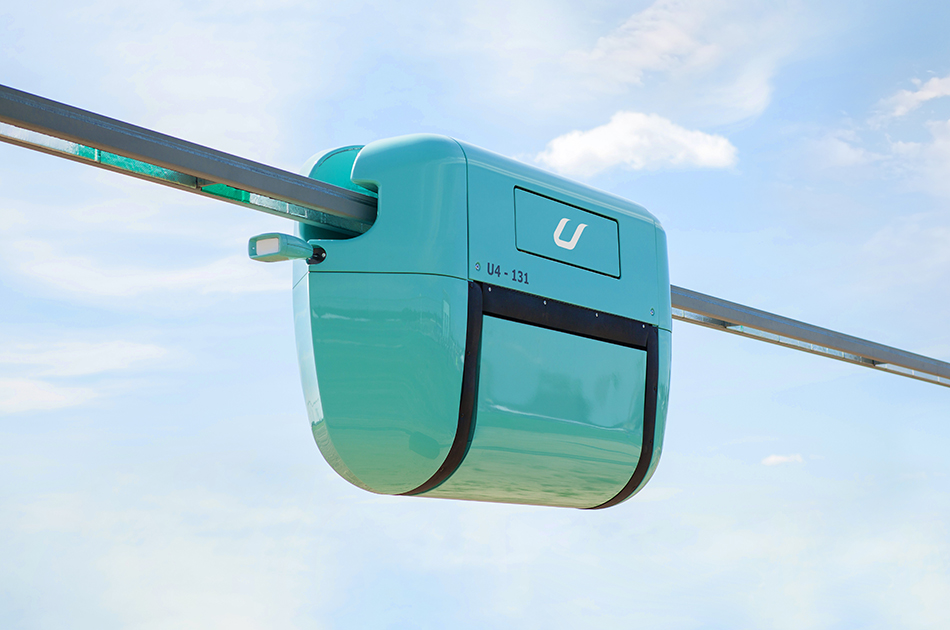
The rolling stock of the uST complex is unmanned rail electric vehicles on steel wheels (uPods). Depending on the purpose of the complex, they can be cargo or passenger models.
The string rail overpass has no expansion joints, and the stress differential in its structure under maximum design load complies with international and Russian regulations. The stability and serviceability of the structure is ensured in the range from -60 to +60 °C.
Thermal piles have been developed specifically for use on northern soils, allowing the complex route to be laid in permafrost conditions.

Thanks to unsupported spans up to 2000 m long, the uST complex route is able to pass through large water obstacles. Thus, even settlements cut off by large rivers can be connected to the Big Land all year round.
The complex does not need a lot of personnel to operate and maintain it. Automation takes care of most of the work: sensors are located all over the overpass and on uPods.
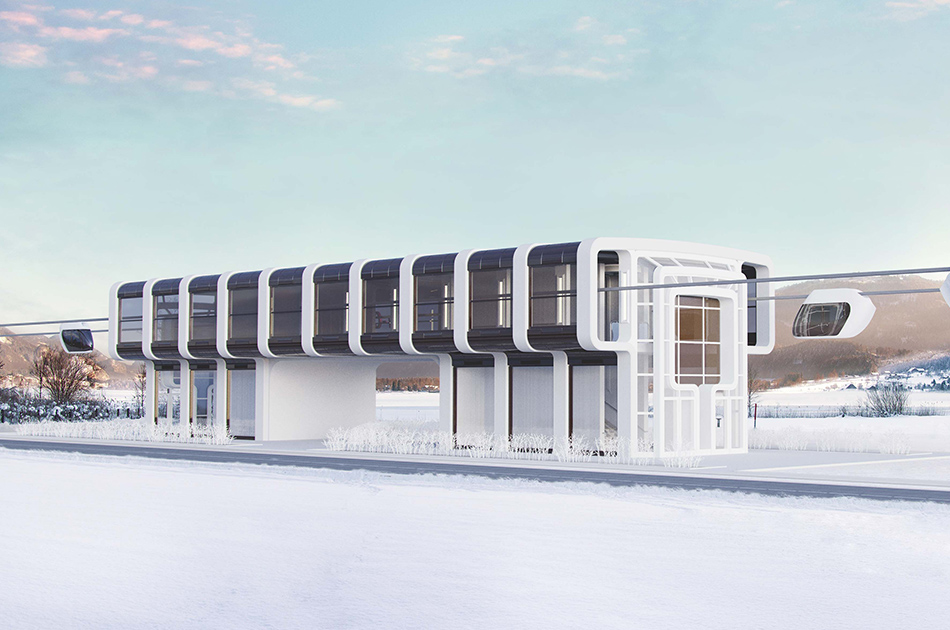
The uPods are equipped with their own energy storage devices. Therefore, even if the power supply fails, rail electric vehicles are capable of reaching the nearest station. This is especially important in the Far North, where car stops on the highway can cost the driver and passengers their lives.
In addition to the factory protective zinc coating, pre-stressed reinforcement wire ropes in string rails have a two-stage protection against external environment and mechanical impacts. Their estimated service life is about 100 years.
Main advantages of the uST complex
Comparing the uST complex to other modes of transportation, there are five key advantages.
- There is no need for a large number of highly paid specialists, who are constantly in short supply. This is especially true for aviation, where training of pilots takes a long time and requires a lot of money. Automated uPods operate autonomously 24/7.
- Versatility of transportation. Any type of cargo can be transported ranging from bulk cargo (coal, ore, construction materials) to liquid (oil products, liquefied gas, drinking water) and piece cargo (timber, containers, metal).
- Low cost of erection and operation. Construction of a string rail overpass is ten times cheaper than construction of a highway or necessary hydraulic structures for waterways. Costs in conditional fuel per kilometer of track are several times lower than those of road, air or river transport.
- Safety. Elevation of the complex’s track excludes accidents with other vehicles. Even heavy snowfall and frost will not stop the progress, because the string track is self-cleaning when rail electric cars on steel wheels move along it.
Environmental friendliness. The elements of the complex have minimum impact on nature, preserving natural ecosystems, soil hydrology and animal migration routes.
Passengers of the uST complex will enjoy a comfortable journey thanks to climate control and warm stations. And cargo is guaranteed to be safe on the way and quickly delivered to its destination just in time. Loading and unloading of materials will not be a problem either, as all these operations will be performed automatically.
More news
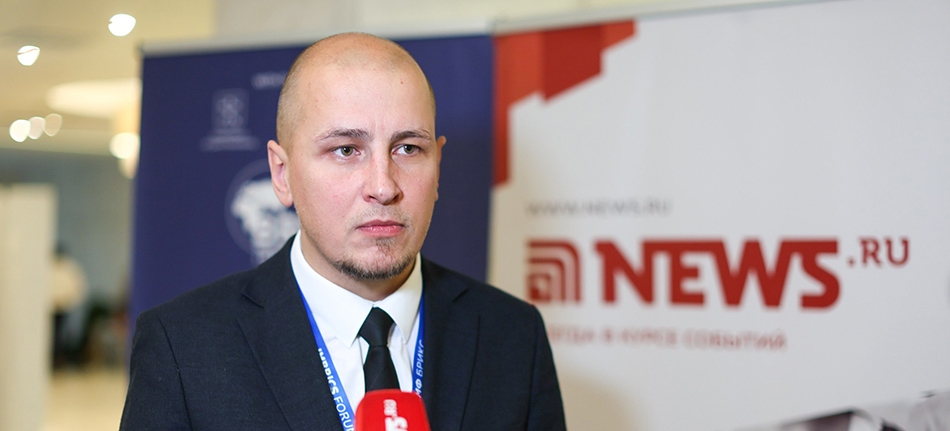
News
26 November 2025
UST Inc. Session at BRICS – in the Spotlight of the Media
Evgeny Petrov, Deputy General Director for Marketing at UST Inc. explained in an interview with News.ru why interest in uST solutions continues to grow.
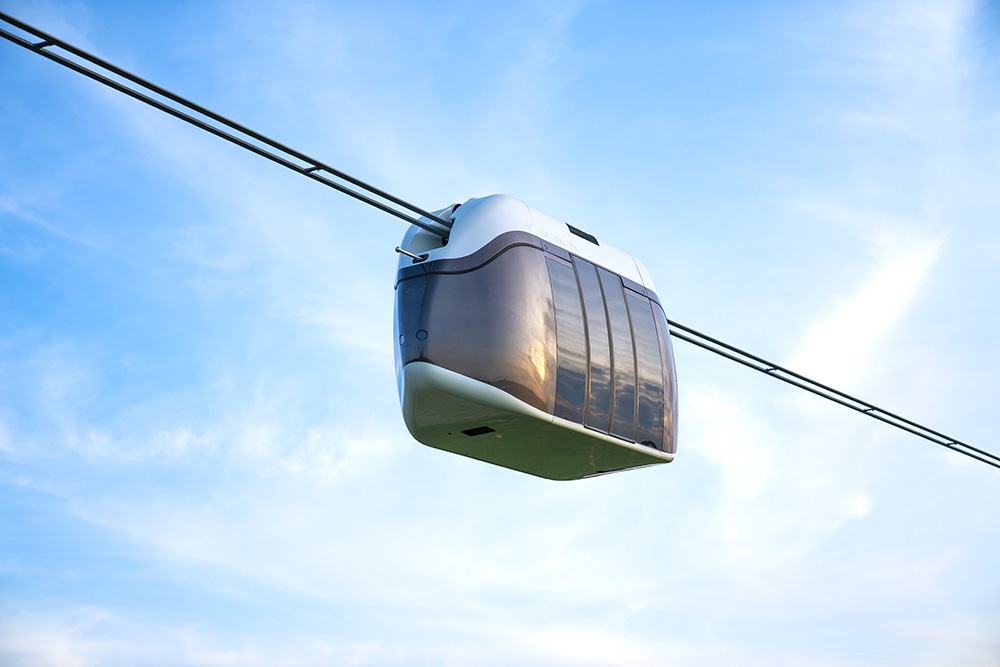
Interviews
26 September 2022
How Is the Heart of String Transport Created? A Report on the Work of the Electric Drive Bureau
With this publication, we begin a series of reports on the design bureaus of Unitsky String Technologies Inc. Today we will talk about the Electric Drive bureau. It is here that the heart of string transport is created — electric motors, as well as other important components of uPods.
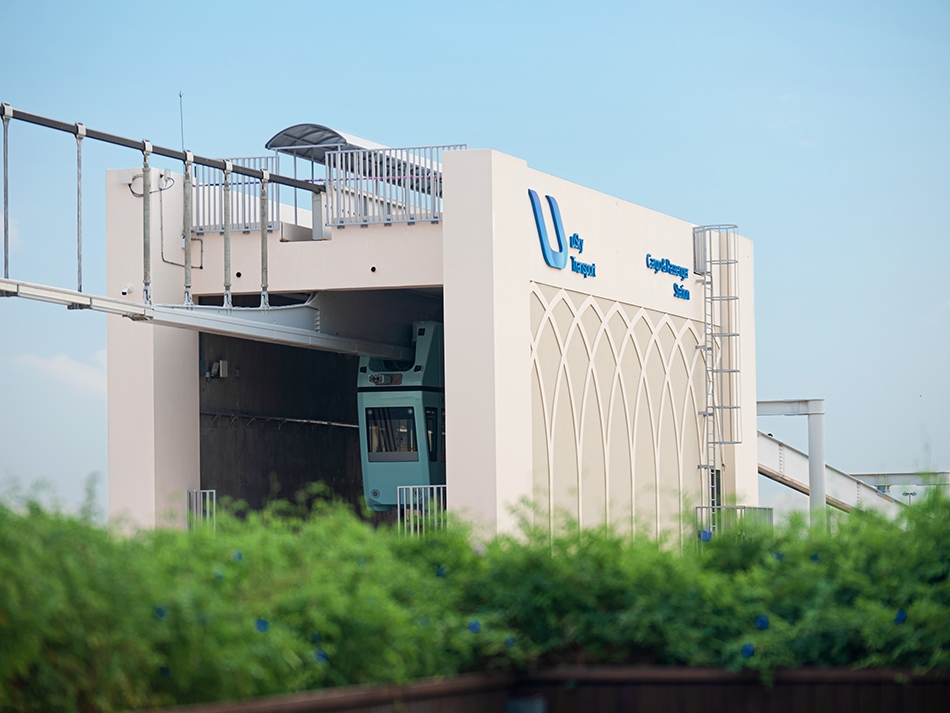
Blog
13 Junе 2024
FAQs About the Karat Complex: Technical Nuances
Is the uninterrupted power supply system ready? Where does the uBus maintenance take place?

